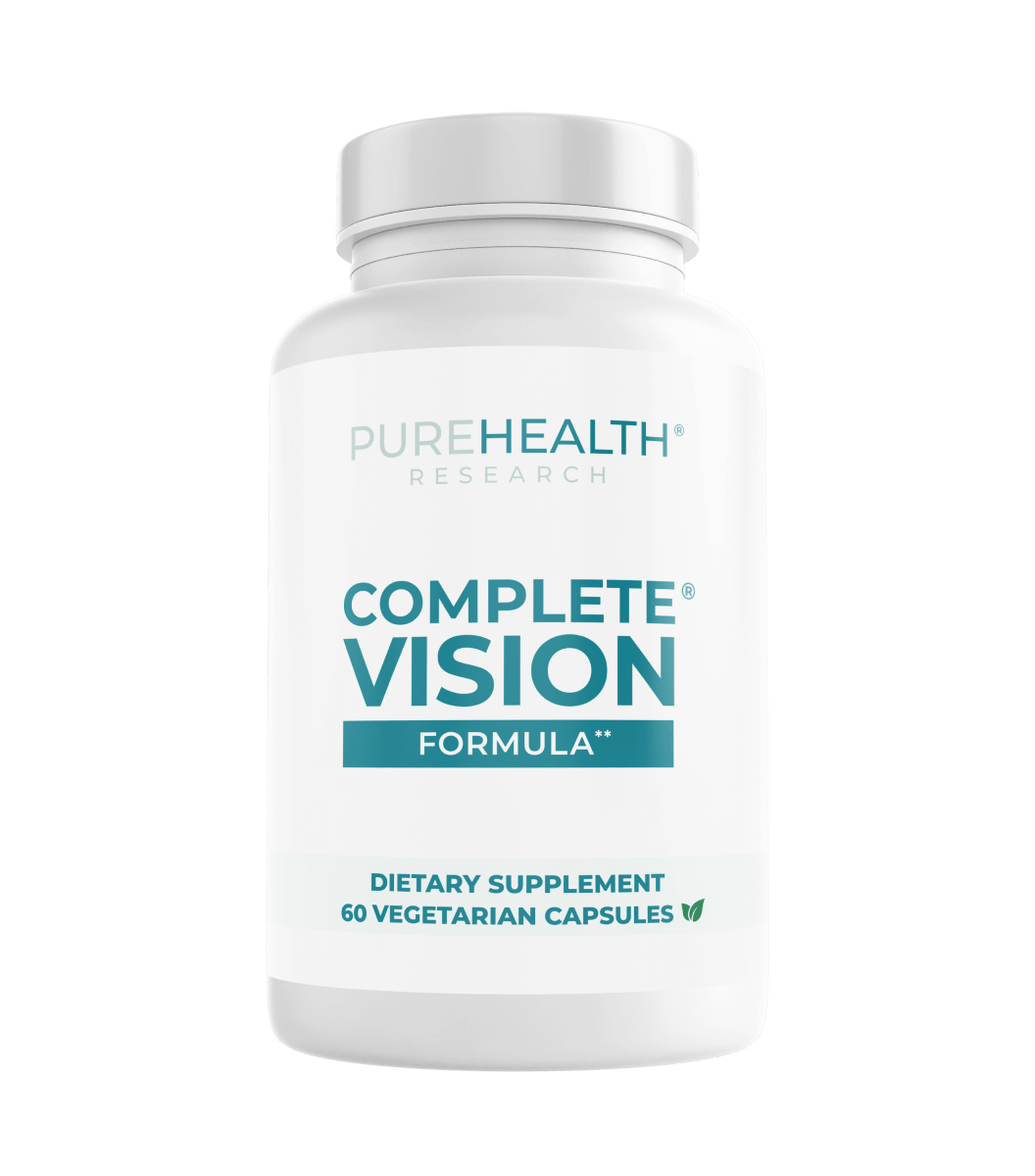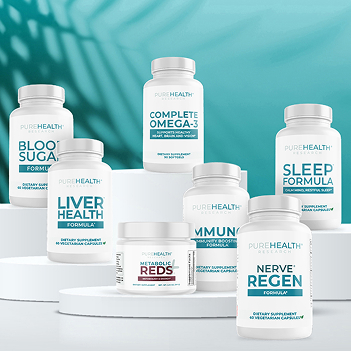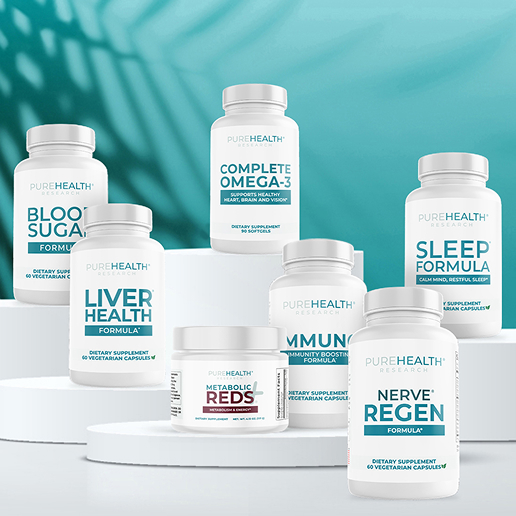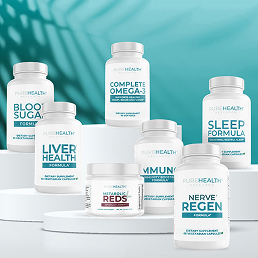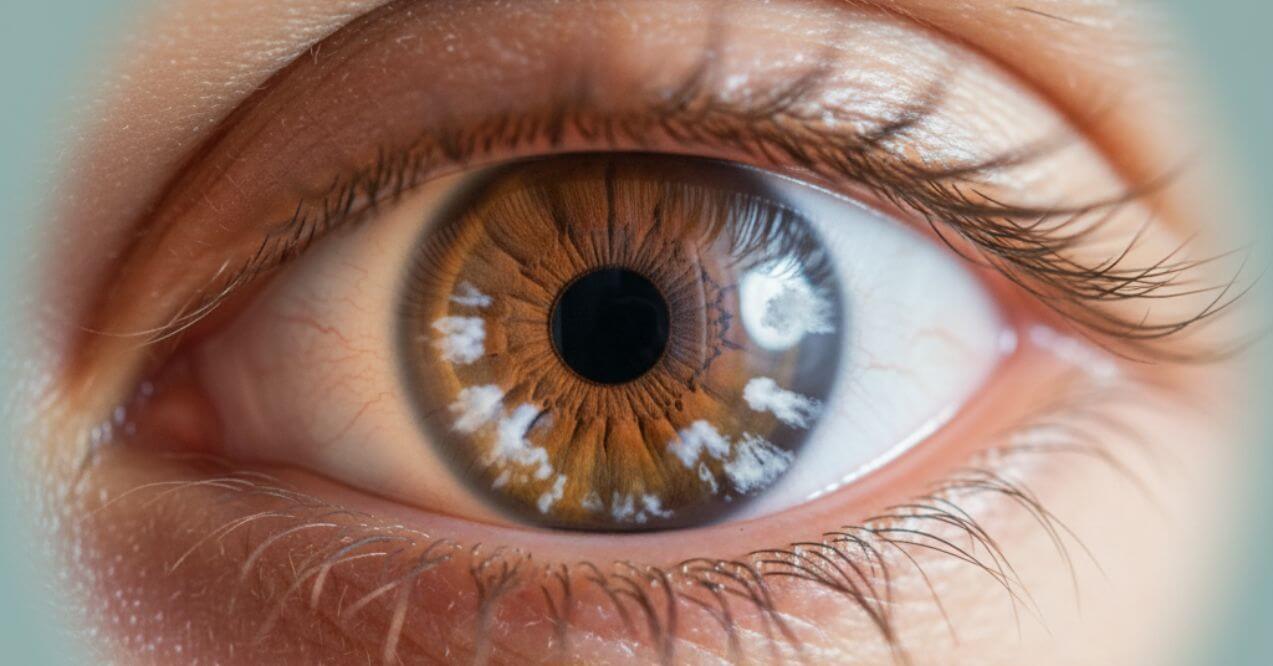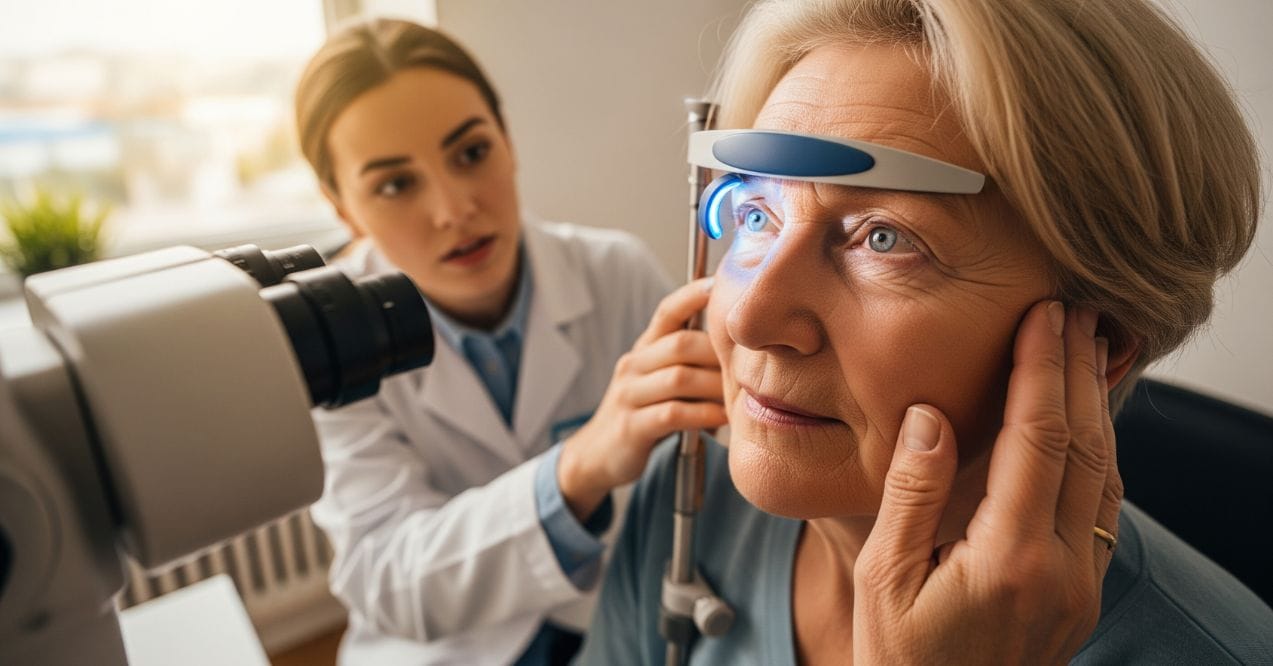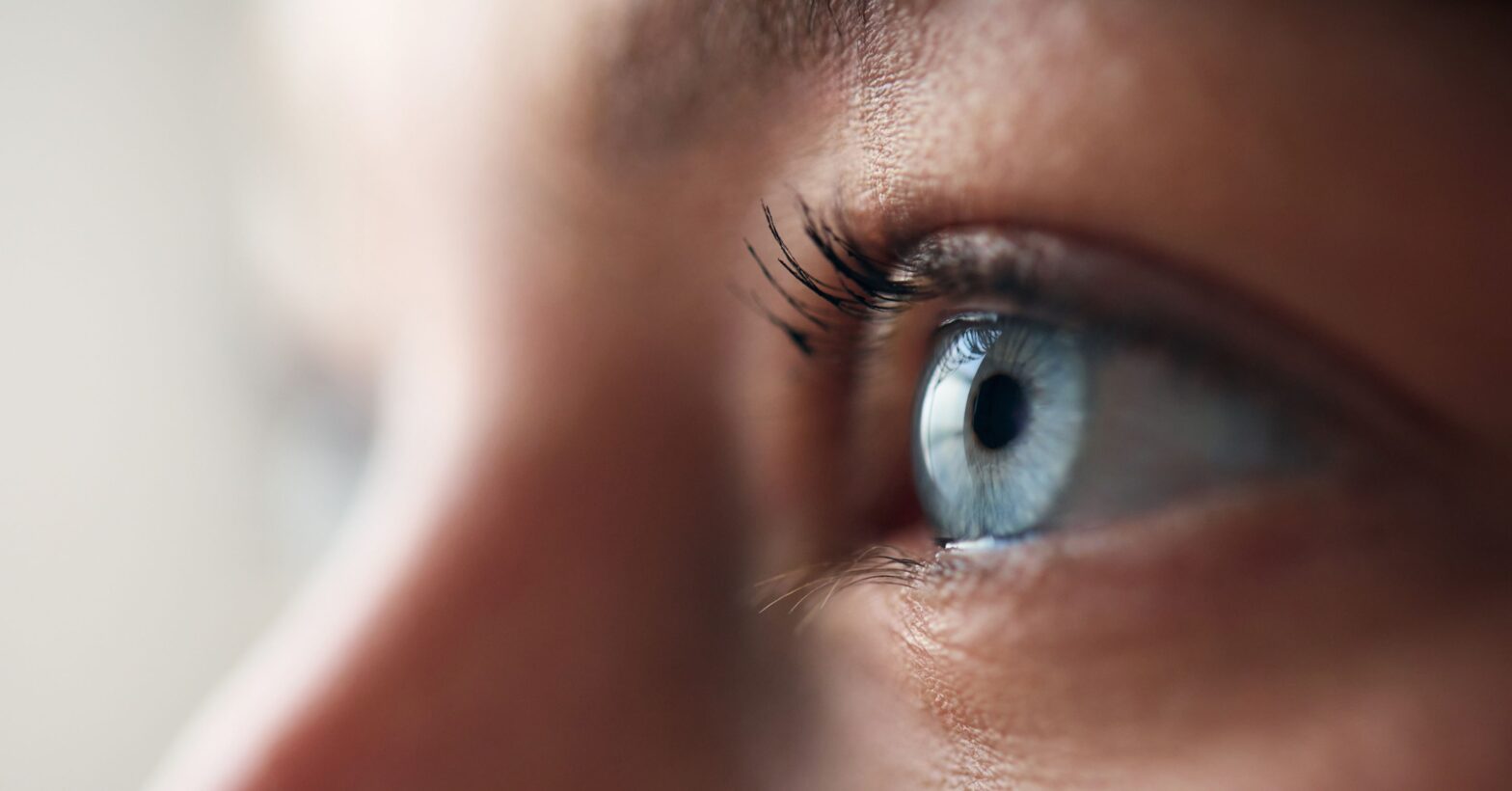Eight Best Ways How to Improve Eyesight After 40
Discover 8 effective tips on how to improve eyesight after 40, from diet and exercises to advanced treatments for clear vision.
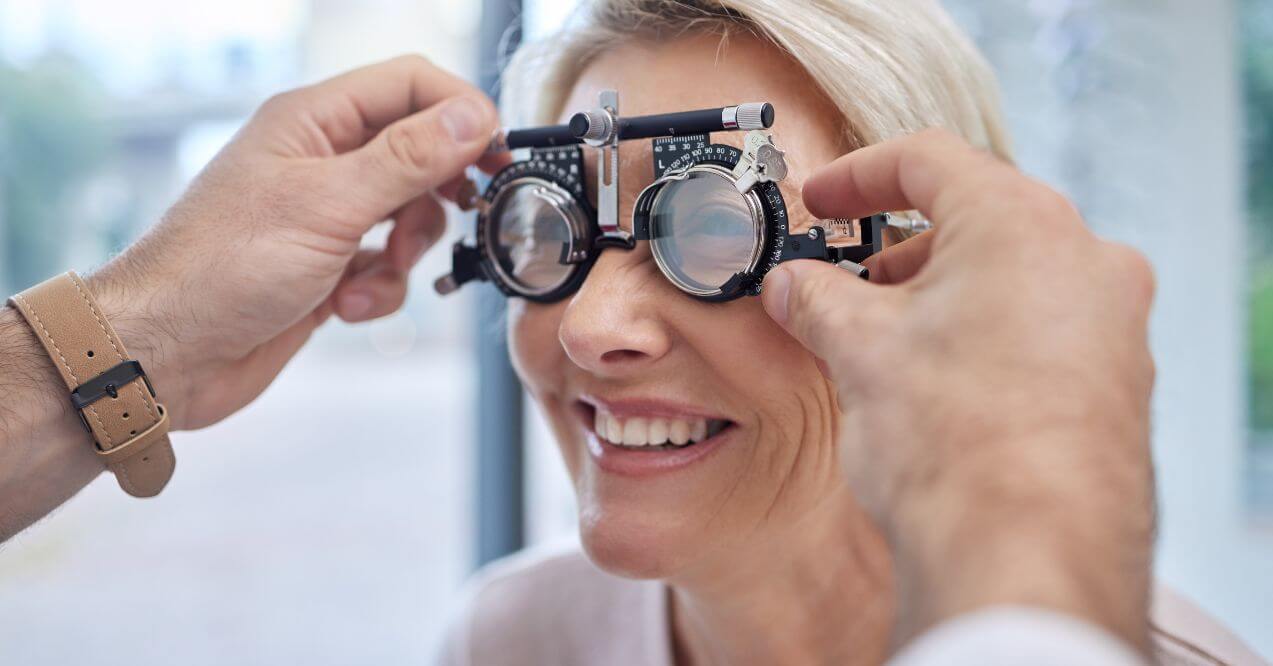

Is reading small print becoming more challenging? You’re not alone. Many individuals over 40 are exploring how to improve eyesight as natural changes in vision occur. Studies indicate that over half of adults experience vision adjustments due to aging. The good news is, there are practical steps you can take to support and maintain your eye health.
This blog will guide you through eight effective methods to enhance your eyesight, from dietary choices to eye-specific exercises. Let’s dive into proactive strategies for clearer vision and better health.
Age-Related Vision Changes
As we age, our eyesight naturally undergoes noticeable changes, often becoming more apparent after 40. One common change is presbyopia, which makes it harder to focus on nearby objects. This is a natural part of aging, caused by reduced flexibility in the eye’s lens. Additionally, the eyes may take longer to adjust between distances, and sensitivity to glare can increase.
These changes also come with an increased risk for age-related visual decline. The eye’s structural components, such as the lens and retina, can experience gradual wear, potentially affecting clarity and sharpness. While these shifts are normal, understanding them is key to maintaining healthy vision.
Knowing how to improve eyesight through simple, proactive measures – like lifestyle adjustments and regular care – can help you support your eye health over time. By staying informed about these changes, you can take steps to promote long-term visual clarity and overall eye wellness.
1. Eyesight-Improving Diet

A nutrient-rich diet plays a vital role in supporting healthy vision. Incorporating the right foods into your meals can provide essential nutrients that promote eye health and protect against age-related changes. Here are some foods to focus on:
- Leafy greens – packed with lutein and zeaxanthin for eye support.
- Carrots and sweet potatoes – rich in beta-carotene, which supports retinal health.
- Citrus fruits – high in Vitamin C to help maintain eye tissue.
- Fish and flaxseed – great sources of Omega-3 fatty acids that promote retinal structure.
In addition to a healthy diet, consider incorporating supplements for vision like Complete Vision Formula into your routine. This high-quality supplement is crafted with 17 essential vitamins, minerals, and plant extracts – including vitamin E, vitamin C, and bilberry extract – all known to support vision and eye health.
According to research, an unhealthy diet lacking these key nutrients – found in processed foods like white bread and potato chips – can negatively impact vision over time. Complete Vision Formula helps restore these nutrients naturally, giving your eyes the care they need.
2. General Exercise for Better Eyesight

Regular physical activity is essential for overall health and plays a vital role in maintaining eye health. Exercise supports proper circulation, which ensures a steady supply of oxygen and nutrients to the eyes. Activities like walking, yoga, or swimming can promote healthy blood flow, helping to maintain the structural integrity of the eyes.
Improved circulation may also reduce the risk of age-related vision challenges by supporting the health of the retina and optic nerve. By staying active, you not only enhance your overall well-being but also take proactive steps in how to improve eyesight naturally over time.
3. Rest for Healthy Eyes

Adequate rest is crucial for maintaining healthy eyes. Sleep allows your eyes to recover from daily strain, promoting their overall function and clarity. Sleep deprivation can lead to dryness, discomfort, and even reduced visual performance over time.
To support eye health, aim for 7–8 hours of uninterrupted sleep each night. Creating a relaxing bedtime routine, avoiding screens before sleep, and ensuring a dark, comfortable environment can improve your rest. If you wonder how to improve the vision naturally, prioritizing quality sleep is a simple yet powerful step toward better eye health and maintaining long-term visual clarity.
4. Eye-Friendly Environment

Your environment plays a vital role in maintaining eye health and comfort. Creating an eye-friendly space at home and work can help reduce strain and support better vision. Here are practical tips on how to improve eye sight after 40:
- Optimize Your Workspace – Ensure your screen is at eye level and your seating promotes proper posture. Use adequate lighting to minimize glare and reduce eye strain.
- Reduce Screen Time – Follow the 20-20-20 rule—every 20 minutes, look at something 20 feet away for 20 seconds. This helps your eyes relax.
- Protect from the Sun – Wear sunglasses with UV protection outdoors to shield your eyes from harmful rays and maintain long-term visual health.
5. Eye-Specific Exercises

Strengthening your eye muscles through regular practice can support better focus and clarity. For those curious about how to improve night vision, specific exercises can also help enhance your ability to see in low-light conditions. Here are some exercises to try:
- Palming – Rub your hands together to warm them. Close your eyes and cover them with your palms (without applying pressure). Relax for 1–2 minutes.
- Eye Rotations – Sit comfortably and move your eyes in a circular motion – 10 times clockwise, then counterclockwise. Repeat twice daily.
- Focusing Exercises – Hold your thumb 10 inches from your face. Focus on it, then shift focus to an object farther away. Alternate for 1–2 minutes.
- The 20-20-20 Rule – Every 20 minutes, look at something 20 feet away for 20 seconds to relax your eyes and reduce strain.
6. Be Aware of Common Eye Conditions

Knowing how to improve eyesight also involves understanding the common age-related eye conditions that may affect vision as we grow older. Awareness and regular monitoring are essential for maintaining eye health.
- Presbyopia – Difficulty focusing on nearby objects due to reduced lens flexibility, commonly starting after age 40.
- Cataracts – A clouding of the eye’s lens that affects clarity, often linked to aging.
- Glaucoma – Increased pressure in the eye that can damage the optic nerve, impacting peripheral vision if left unaddressed.
- Macular Degeneration – Gradual loss of central vision due to deterioration of the macula, often affecting fine details.
Understanding these conditions allows for early detection and management, helping to preserve vision and support long-term eye health. Regular eye exams are crucial in identifying changes early and taking proactive steps.
7. Regular Eye Exams
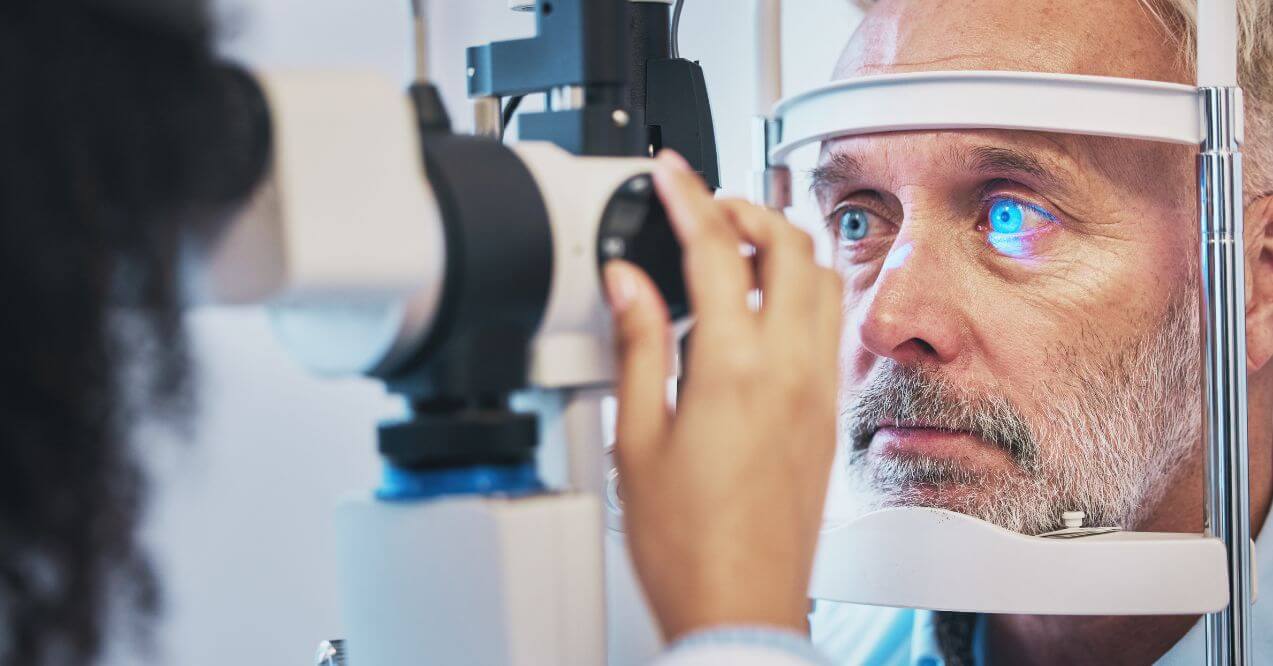
Scheduling regular eye exams is a crucial step in maintaining healthy vision, especially after 40. Comprehensive exams allow for the early detection of potential issues, ensuring timely management and preserving long-term eye health. These check-ups can identify changes in vision, assess eye pressure, and detect structural concerns before they become significant problems.
If you’re exploring how to naturally improve eye sight, regular exams provide a foundation for proactive care. Your optometrist or ophthalmologist can recommend personalized strategies, such as lifestyle adjustments or protective measures, to support your eye health. Remember, early detection is key to maintaining clear vision and addressing age-related changes effectively. Don’t overlook this essential step in your eye care routine.
8. Advanced Eyesight Treatments
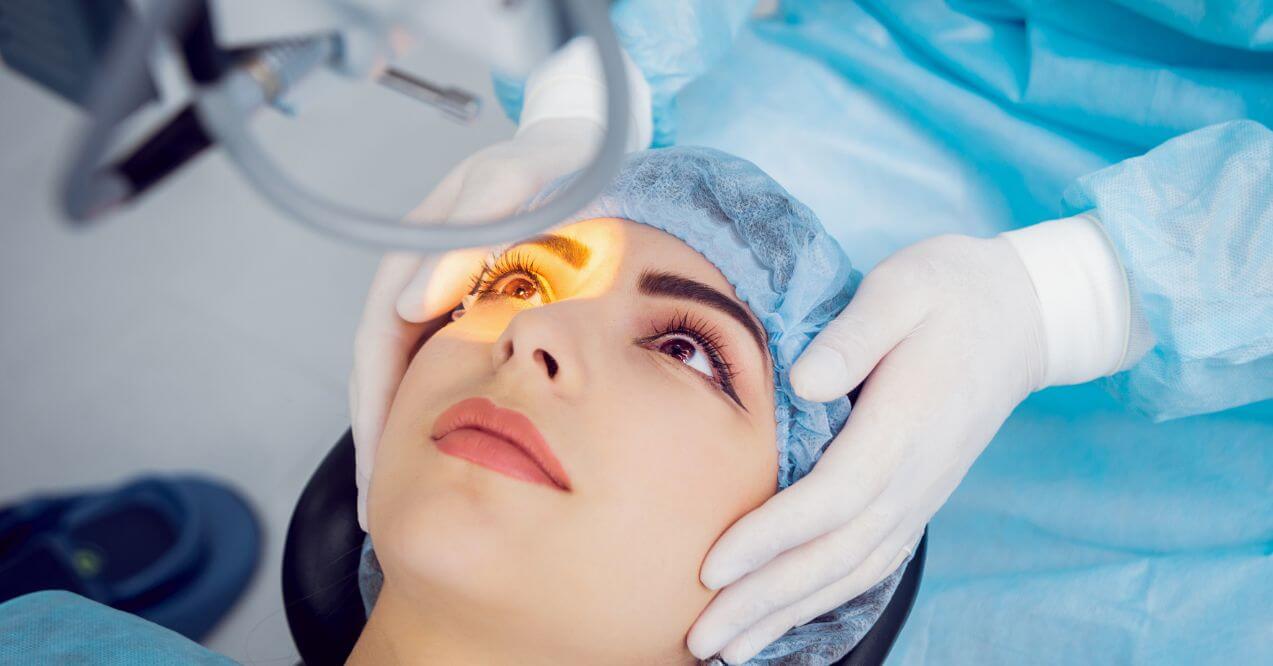
Modern advancements in eye care provide effective ways for those exploring how to correct eyesight. Here are some of the latest options available:
- Corrective Lenses – Glasses and contact lenses are tailored to your specific vision needs, providing clarity for everyday tasks and activities.
- Laser Eye Surgery – Procedures like LASIK reshape the cornea to correct common vision issues, offering a long-term solution for many.
- Vision Therapy – A personalized program of exercises designed to train and strengthen eye muscles, improving coordination and focus over time.
These advanced treatments, combined with regular care and healthy habits, can address specific vision concerns and help maintain clear eyesight. Consulting with an eye care specialist can guide you to the best option for your needs.
Conclusion
Knowing how to improve eyesight after 40 involves adopting simple yet effective habits to support your vision. From maintaining a nutrient-rich diet and staying active to practicing eye exercises to improve vision and creating an eye-friendly environment, there are many ways to promote long-term eye health.
Regular eye exams and awareness of common age-related conditions are crucial for early detection and care, while advanced treatments like corrective lenses or laser surgery offer tailored solutions. Take the next step today – schedule an eye exam, try eye exercises, or explore best supplements for dry eyes and vision like Complete Vision Formula to give your eyes the support they need.
Common early signs include difficulty focusing on close objects, increased sensitivity to glare, and trouble adjusting to dim light. These changes are natural as the lens loses flexibility, often becoming noticeable after the age of 40.
It’s recommended to schedule comprehensive eye exams every one to two years after turning 40. Regular check-ups help detect changes in vision and monitor for age-related conditions like presbyopia, ensuring timely care and preservation of eye health.
While glaucoma cannot be fully prevented, regular eye exams are crucial for early detection. Maintaining a healthy lifestyle, managing stress, and protecting your eyes from injury can also help reduce risk and support long-term eye health.
Follow the 20-20-20 rule: every 20 minutes, look at something 20 feet away for 20 seconds. Adjust screen brightness, maintain proper posture, and use anti-glare filters to minimize digital eye strain during extended screen use.
If you experience frequent headaches, blurry vision, or trouble focusing on objects at certain distances, it may be time to consider corrective lenses. Consult an eye care professional to determine the best option for your needs.
Sign up for our Healthy Living newsletter!
Advertisement. This site offers health, wellness, fitness and nutritional information and is designed for educational purposes only. You should not rely on this information as a substitute for, nor does it replace, professional medical advice, diagnosis, or treatment. If you have any concerns or questions about your health, you should always consult with a physician or other health-care professional. Do not disregard, avoid or delay obtaining medical or health related advice from your health-care professional because of something you may have read on this site. The use of any information provided on this site is solely at your own risk.
